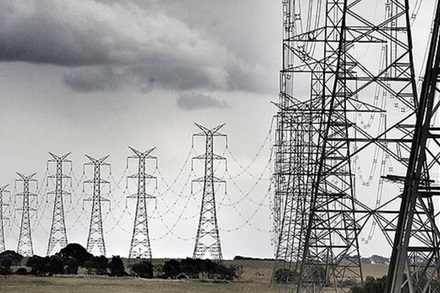Electricity network operators have over- invested to maximise profit. They have been able to overrule the weak Australian Energy Regulator in the courts, adding billions to consumer costs.
The federal government plans to block the operators’ right to appeal. Over time, that will help to bring network charges down.
But it won’t be enough: asset values are way above likely market values in an emerging fair market and only asset write-downs will fix that. Policymakers and governments seem reluctant to unravel this welfare scheme for powerful incumbents.
Wholesale electricity prices have been driven up by a combination of factors, including Tony Abbott’s war on renewables, the closure of coal power stations, the gas price explosion and failure to drive energy efficiency and demand response.
While gas prices seem likely to stay high, their impact on wholesale prices should be reduced by the responses outlined earlier.
But we do need to recognise that, in the past, wholesale electricity prices have been held unsustainably low by excess generation capacity.
Regardless of the types of new generation built, it will be a challenge to achieve big price reductions for this cost component unless we manage to engineer oversupply by driving demand down and encouraging new renewables beyond both state and national targets.
Governments and policymakers still seem to be struggling to grasp that it is the total bill, not the unit price, that impacts on consumers’ hip pockets. Greater emphasis on energy efficiency, so we use less and pay less, and reducing outrageously high fixed charges would help.
Energy past, present and future
Sometimes it’s interesting to look back, to understand how things evolve. I was recently asked to look at historical energy use in Australia, which raised some interesting points.

Energy consumption (measured at the meter or fuel bowser) has more than quadrupled since 1961, while carbon emissions have increased by a factor of almost five. Energy-related emissions per person have more than doubled.
Oil has maintained a roughly 50% share, although more of it was used for non-transport purposes like heating in 1961, before the oil crisis and availability of cheap gas. Today around three-quarters is used for transport.
Home and business wood use has fallen from 18% to 2% of total energy, while direct coal use has crashed from 23% to just 3%. Gas has been the big winner, increasing from 2% to 20%!
Electricity’s share of energy has doubled from 10% to 20%, with renewables providing only 14% of electricity today compared with 19% in 1961. This reflects the shift towards a services economy that is more reliant on electricity, as well as the trend towards more electric technologies in homes.
It will be interesting to watch how things evolve, as we move towards a zero emission economy, gas prices increase, and efficiency and renewables transform electricity use and emissions.
This was first published in ReNew (Alternative Technology Association). Reproduced with permission of the author.










